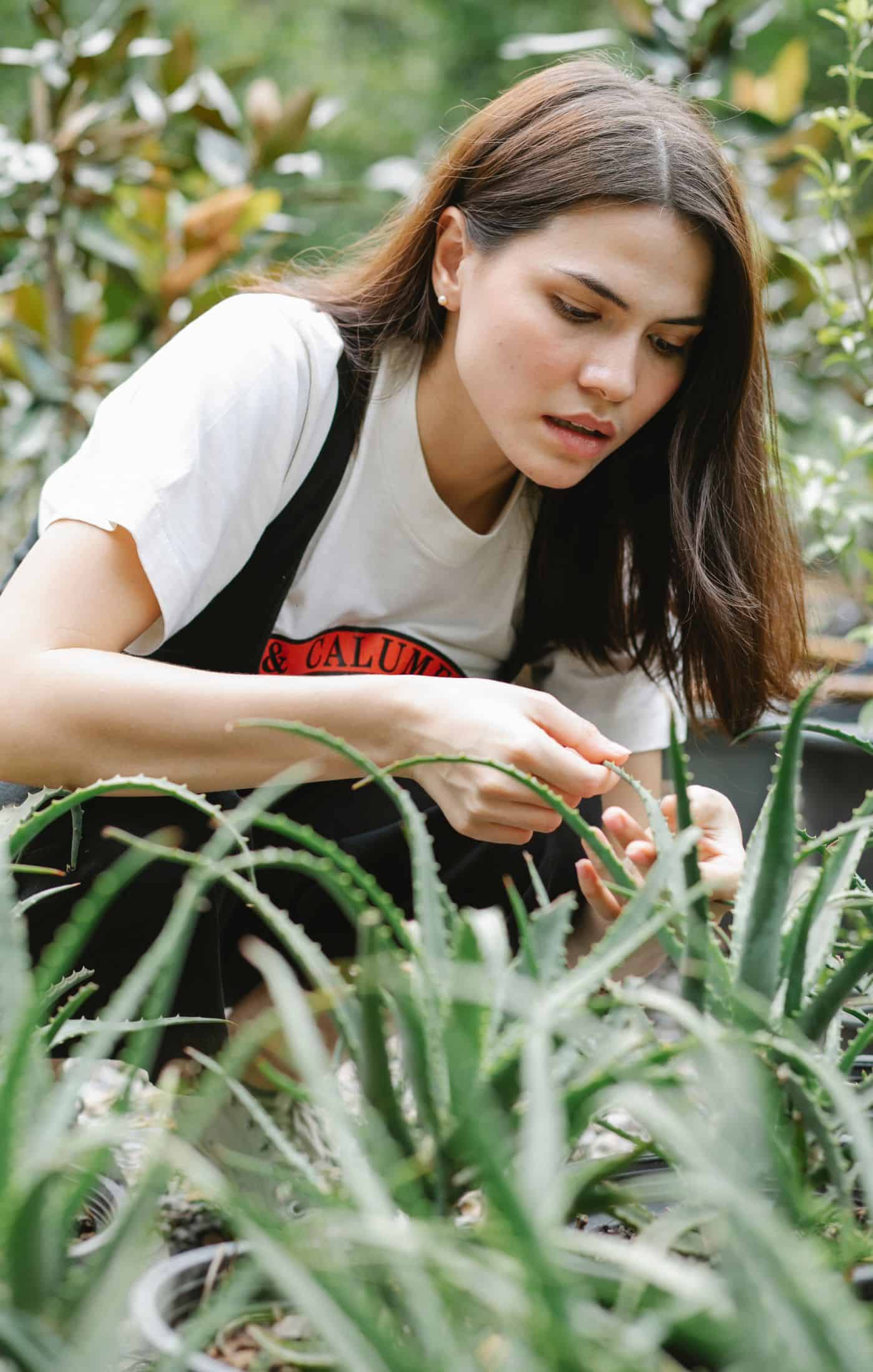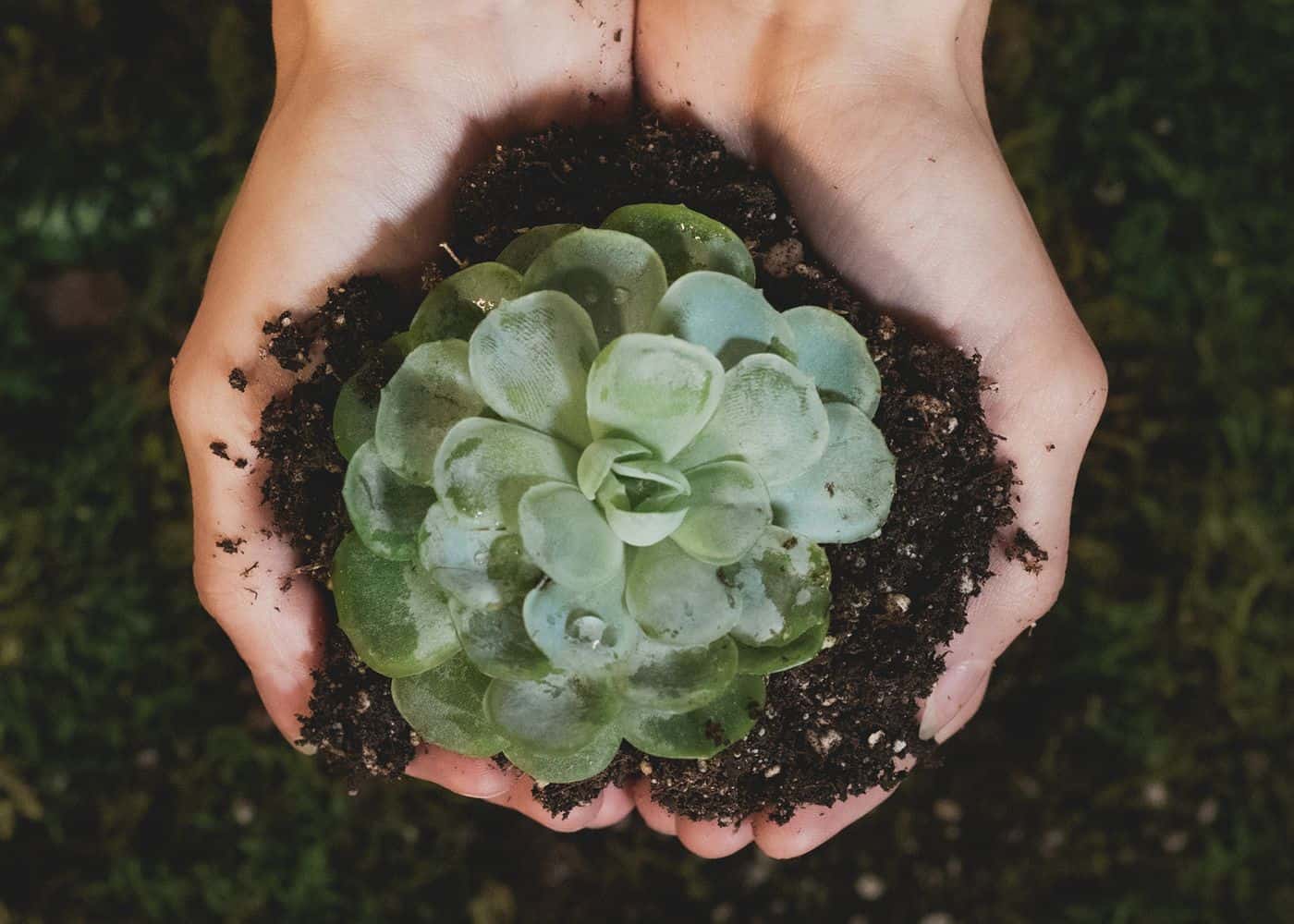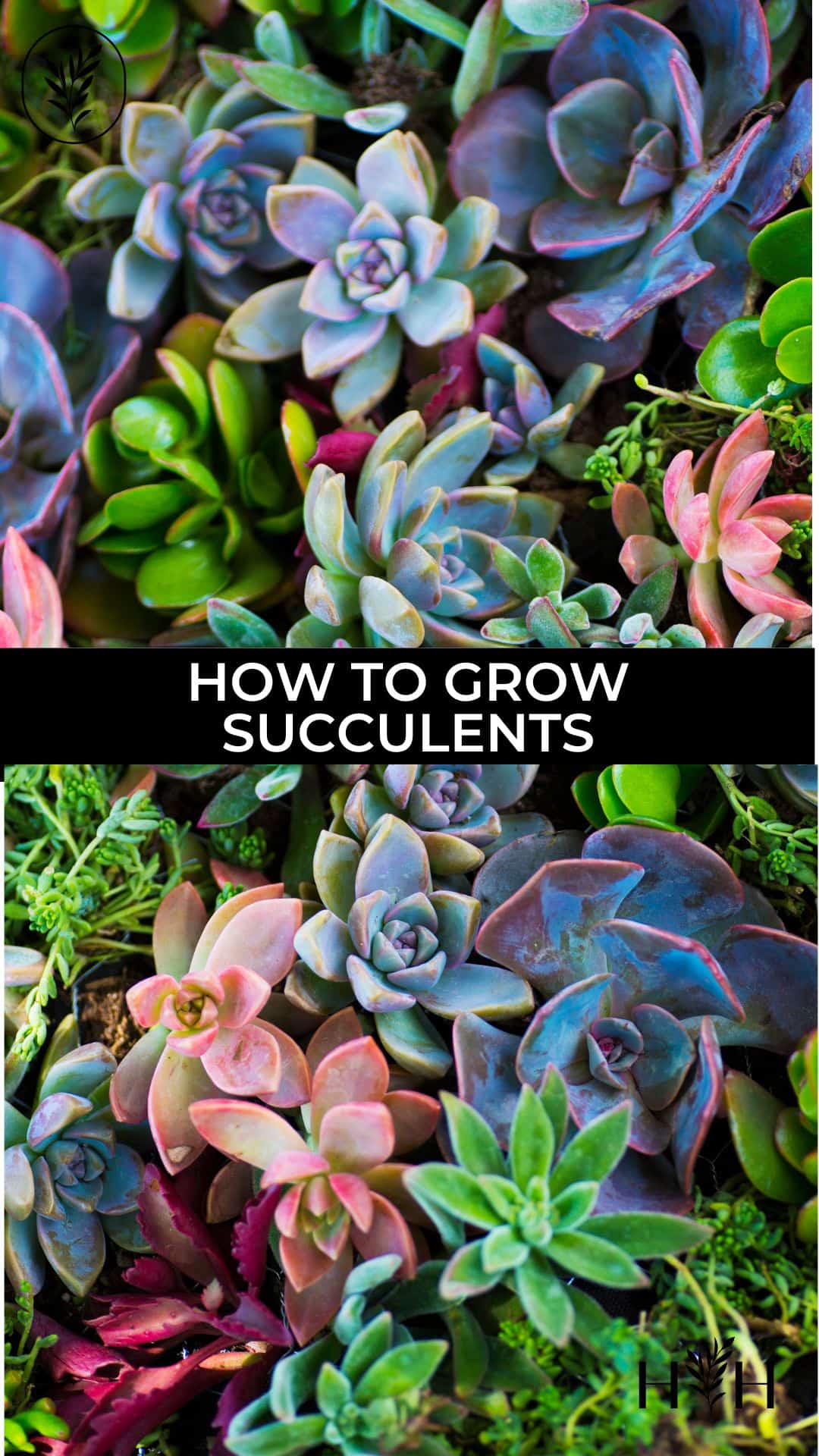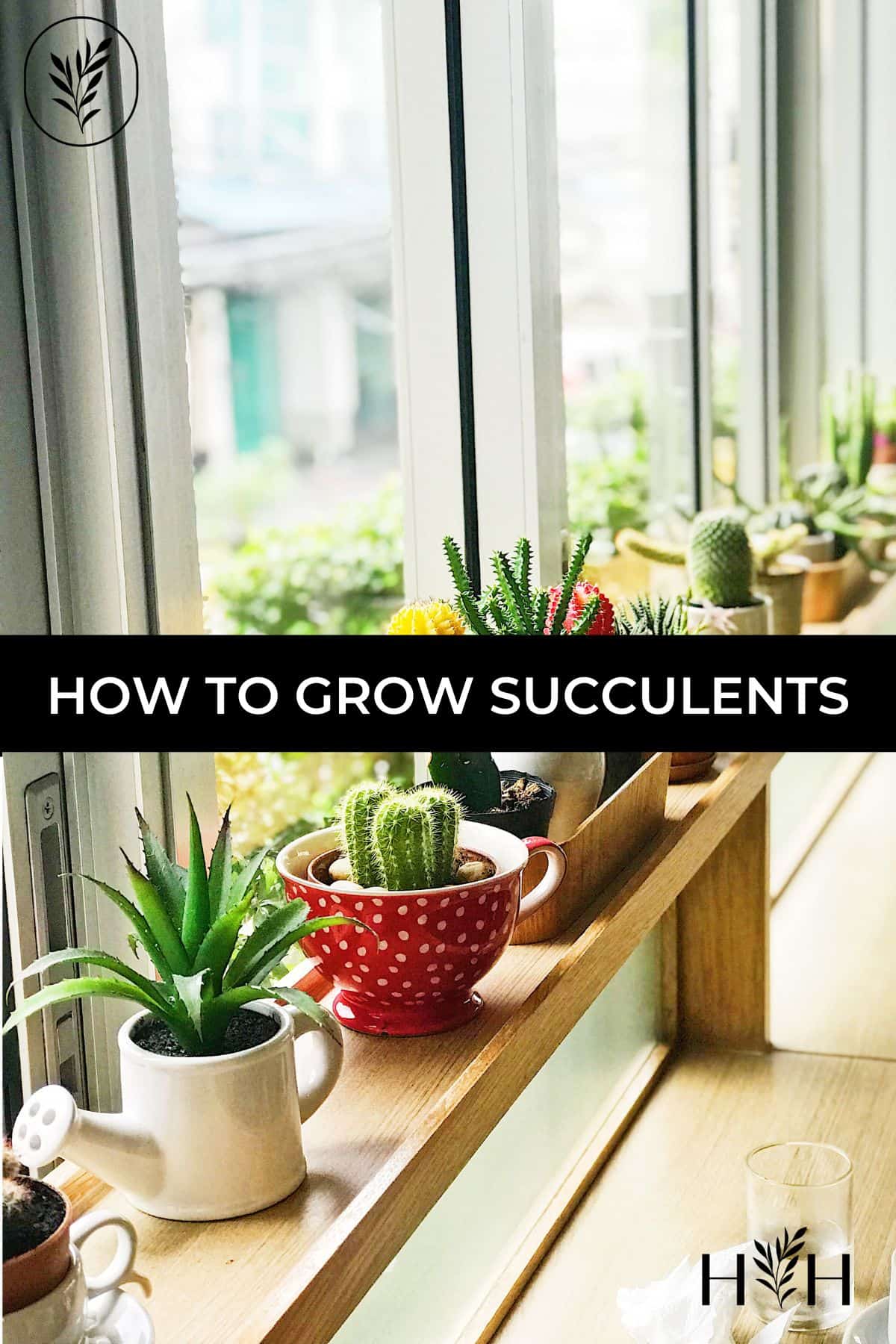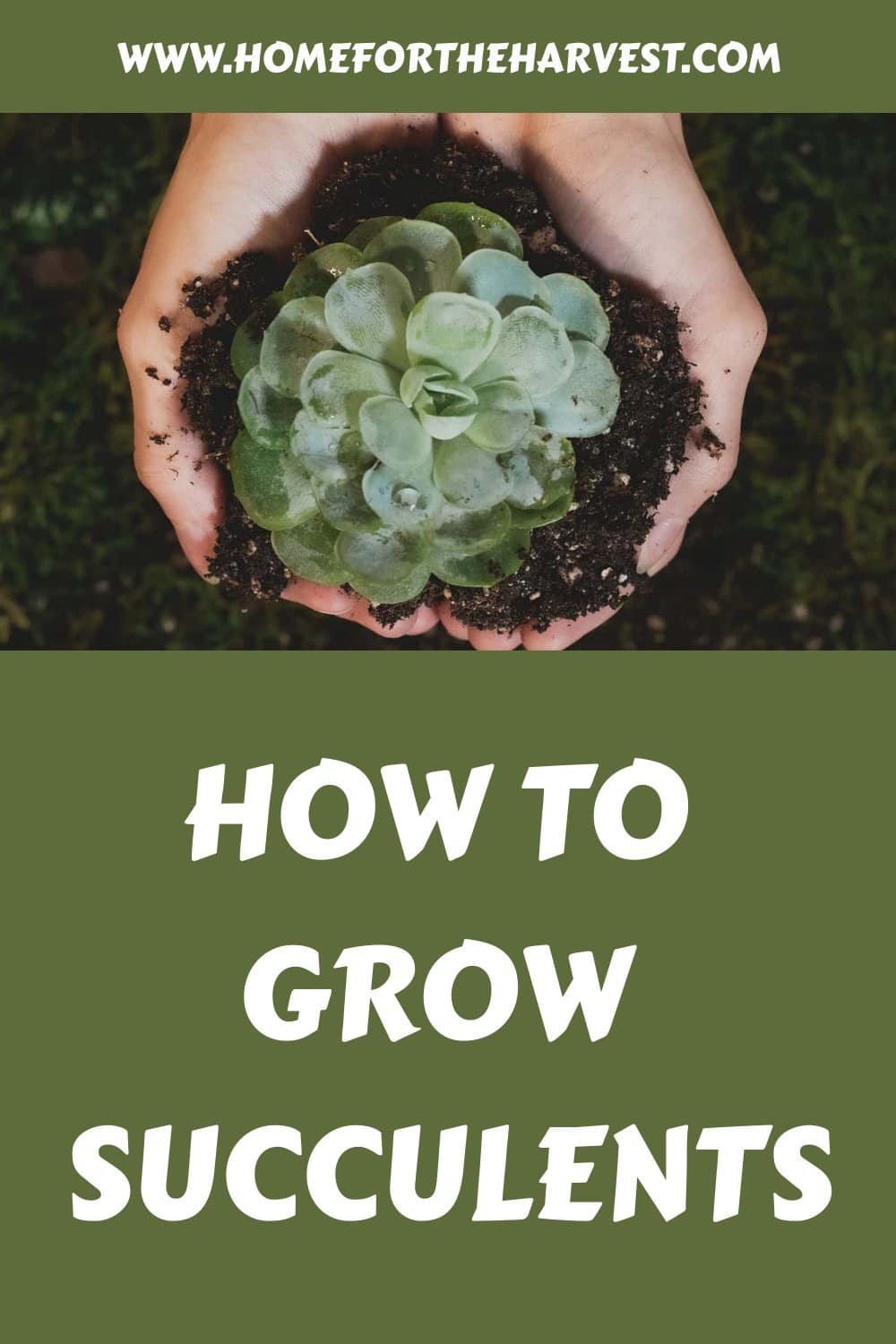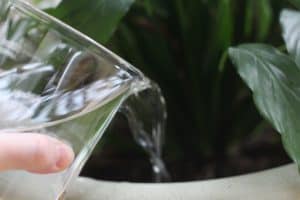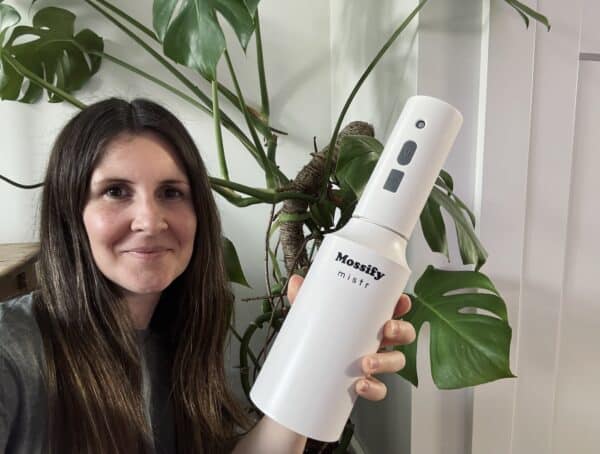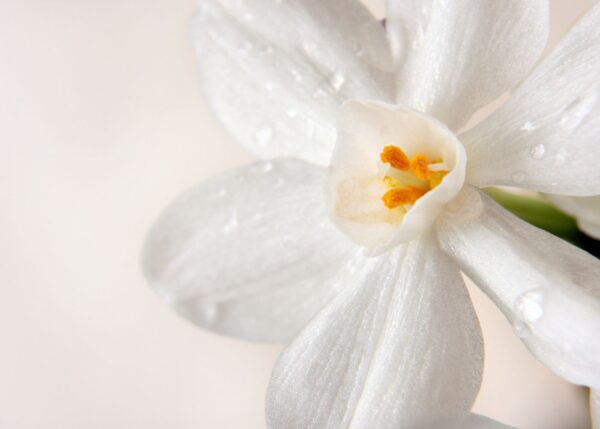Wondering how to grow succulents? If you’re looking for beginner-friendly and low-maintenance plants to start your gardening journey, succulents are often the first recommendation. These easy-care beauties are not only tolerant of neglect, but look great doing it.
The most important factors to consider in succulent care are sunlight and watering. Most succulents need a full day of direct light to grow well and don’t tolerate cold temperatures. Overwatering is a huge risk – allow the soil to dry out completely before watering again. Planting in the right sandy and well-draining soil can also limit problems with overwatering, extending the lifespan of your plants.
What are succulents?
The term succulent is not technically a scientific classification, but describes a wide group of plants that share similar characteristics. Largely originating from hot and dry desert regions, these plants have evolved to store water in their leaves and stems, allowing them to survive periods of drought without trouble.
This drought tolerance, along with their tough nature, makes them wonderful low-maintenance plants ideal for beginners. Many species also have unique looks and colorful flowers that add ornamental value to containers and garden beds.
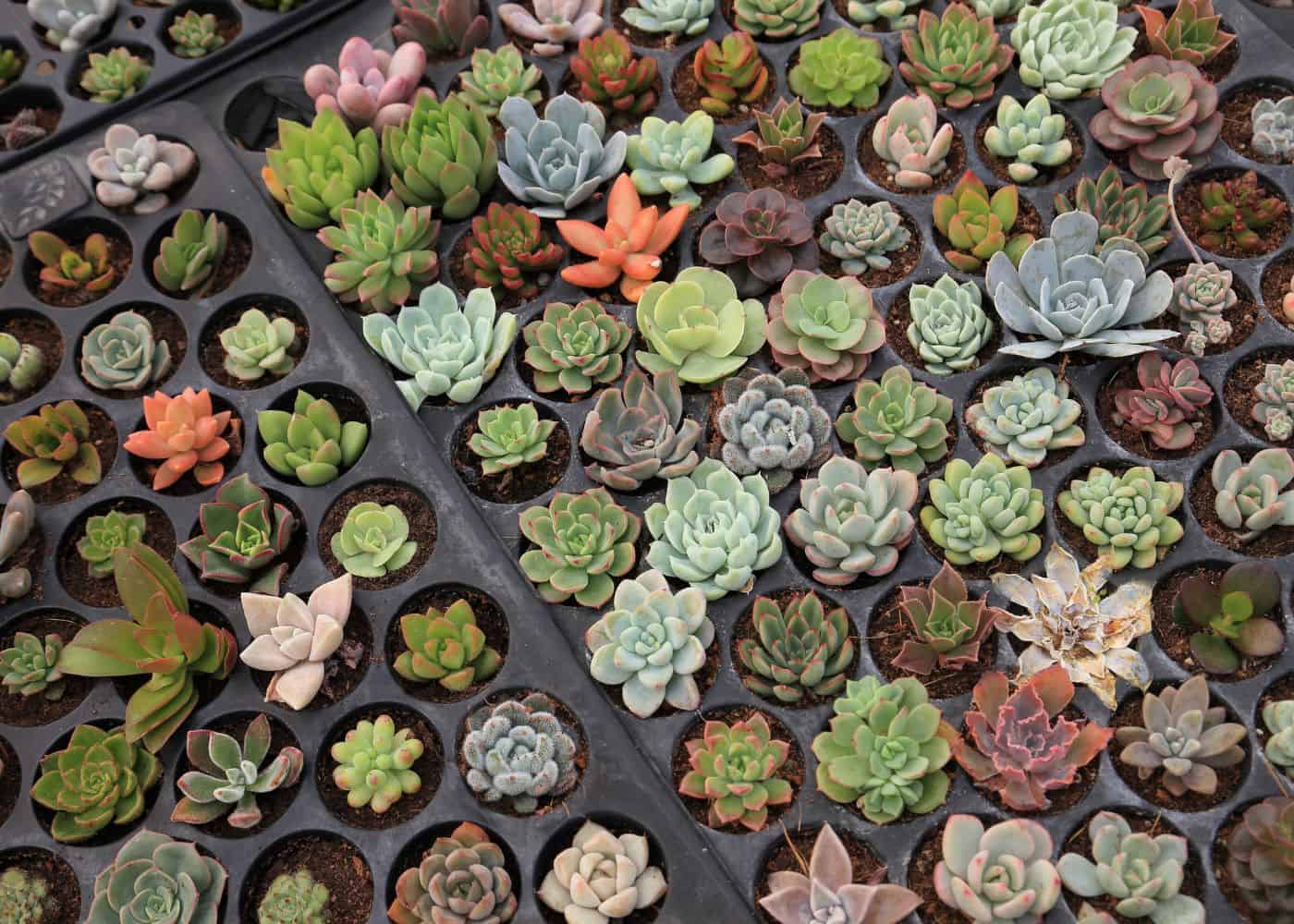
Popular succulent types
As this group is so vast, there are many succulent types to choose from, with most needing very little attention to thrive. Some are structural and geometric, while others have a softer look thanks to their plump, rounded leaves.
If you want to get started growing succulents, try one of these popular options suitable for beginners:
- Aloe: The Aloe genus is packed with unique spiked plants, but Aloe vera is by far the most popular species, known for its health benefits.
- Echeveria: When I imagine succulents, this is the first genus to come to mind. The many species feature geometric shapes and forms that catch the eye wherever they are planted.
- Sedum: Often used as groundcovers, Sedum species grow quickly and are great for filling empty beds.
- Sempervivum: Commonly known as hens and chicks, spreading by producing pups that can be removed and propagated to expand your collection.
- Crassula: The most well-known species in this genus is Crassula ovata or Jade Plant, an ideal succulent for growing indoors.
Planting succulents
Succulents are often grown in containers, making it easier to protect them from cold weather. But they can also be planted directly in the ground as long as your soil drains well. The ideal planting spot will depend on the type of succulent you’re growing.
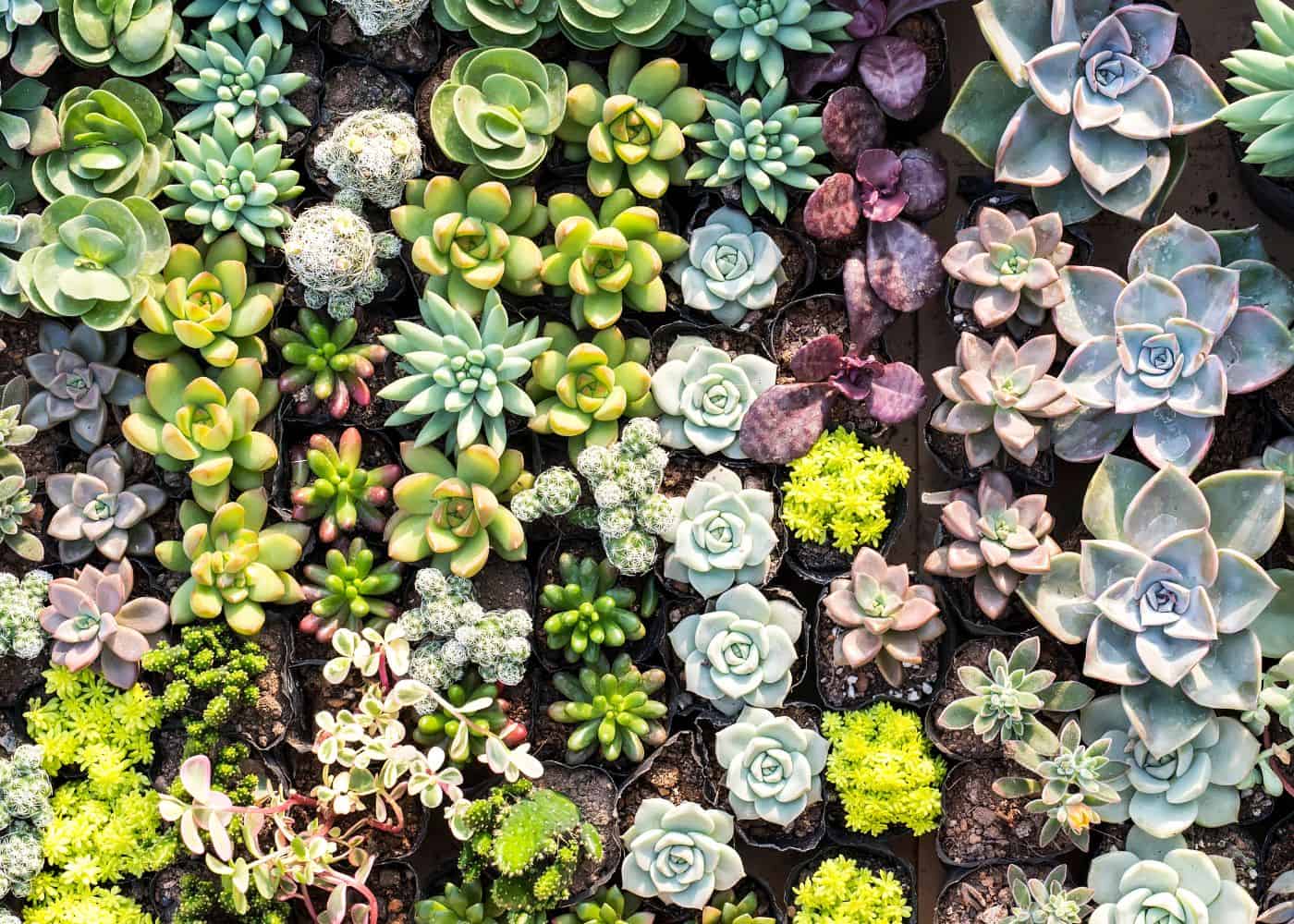
Where do succulents grow best?
Due to their hot and dry native environments, most succulents can’t handle cold weather. They either need to be protected from frost outdoors or brought indoors over winter to avoid any damage. Make sure you check the needs and tolerances of your specific succulent before planting to choose the perfect spot.
Sunlight is also an essential component of healthy succulent growth. To keep their forms compact, most succulents need at least 6 hours of direct sun per day to grow well, preferably more. Without the right light levels, the stems will begin to stretch, the leaves will become diminished and the roots are at higher risk of rot.
Can you grow succulents indoors?
Due to their ease of care, many new gardeners start out growing succulents, often placing them indoors for their decorative value. Perhaps you were given one as a gift and don’t have a spot outdoors to place it. But although succulents often are grown indoors, that doesn’t mean they will grow well indoors.
Common houseplants are ideal for indoor growth because they prefer similar conditions, grow well in containers and are somewhat adaptable to new environments. When it comes to most succulents, the conditions we have indoors don’t quite match what they need to thrive.
The most obvious issue is sunlight. Positions that receive a full day of direct sun indoors are rare, leading to issues with stretching (known as etiolation) that distort the shape of the plant and negatively impact health. With lower evaporation rates indoors, overwatering is also much more likely – a deadly problem for succulents.
Ultimately, growing most succulents indoors is not recommended, but it is also not impossible if you provide an environment closely matching what they are accustomed to outdoors.
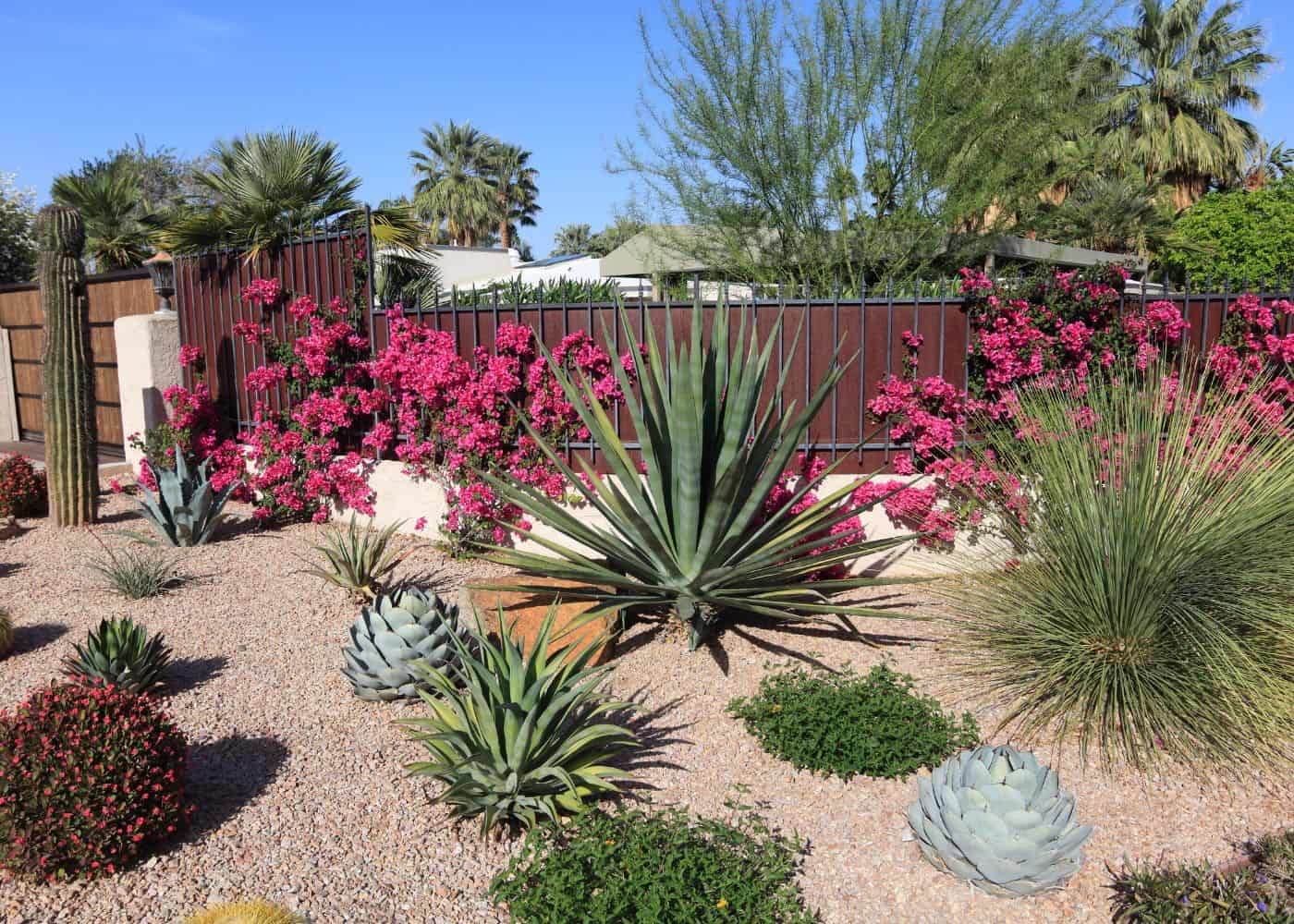
How to plant succulents in beds
If you live in a warmer climate and want to plant succulents in your beds, there are a few easy steps to follow. There may be some differences depending on the species you’re planting, but this process is suitable for most succulent plants:
- Amend the soil: As succulents typically grow in loose, gritty and well-draining soil, amend clay soils with river sand before planting to improve conditions. You can also add some compost to improve soil structure, but ensure the soil doesn’t hold onto too much moisture.
- Dig a hole: Dig a hole around the same size as the container your succulent came in or slightly larger.
- Tease the roots: Remove the plant from its existing container and tease the roots. This will allow them to grow outwards into the container rather than wrapping around each other.
- Plant: Lower the succulent into the hole and fill in any gaps with more soil. Press down around the base after planting to keep the plant steady.
- Wait to water: After planting, the final step is usually watering. However, I like to wait a day or two for the roots to settle before adding water. Transplanting is a stressful process and excessively moist soil around this time can cause vulnerable roots to rot.
How to plant succulents in containers
Planting succulents in pots is a little different, starting with your choice of container. Ensure any pot you choose has enough drainage holes to allow the excess water to leave the container. Without these holes, your succulent will eventually experience root rot.
Choice of soil is also important. Regular potting mix isn’t typically well-draining enough for succulent plants. Instead, look for a specialized succulent and cacti potting mix, available from most nurseries or online. This will avoid any issues with waterlogging or root health.
Once those two items are prepared, the rest of the steps are largely the same. If you’re planting multiple succulents in one container, give them enough space to fill out to avoid overcrowding early on. Also consider changing up the color, texture or shape of the plants for added visual interest.
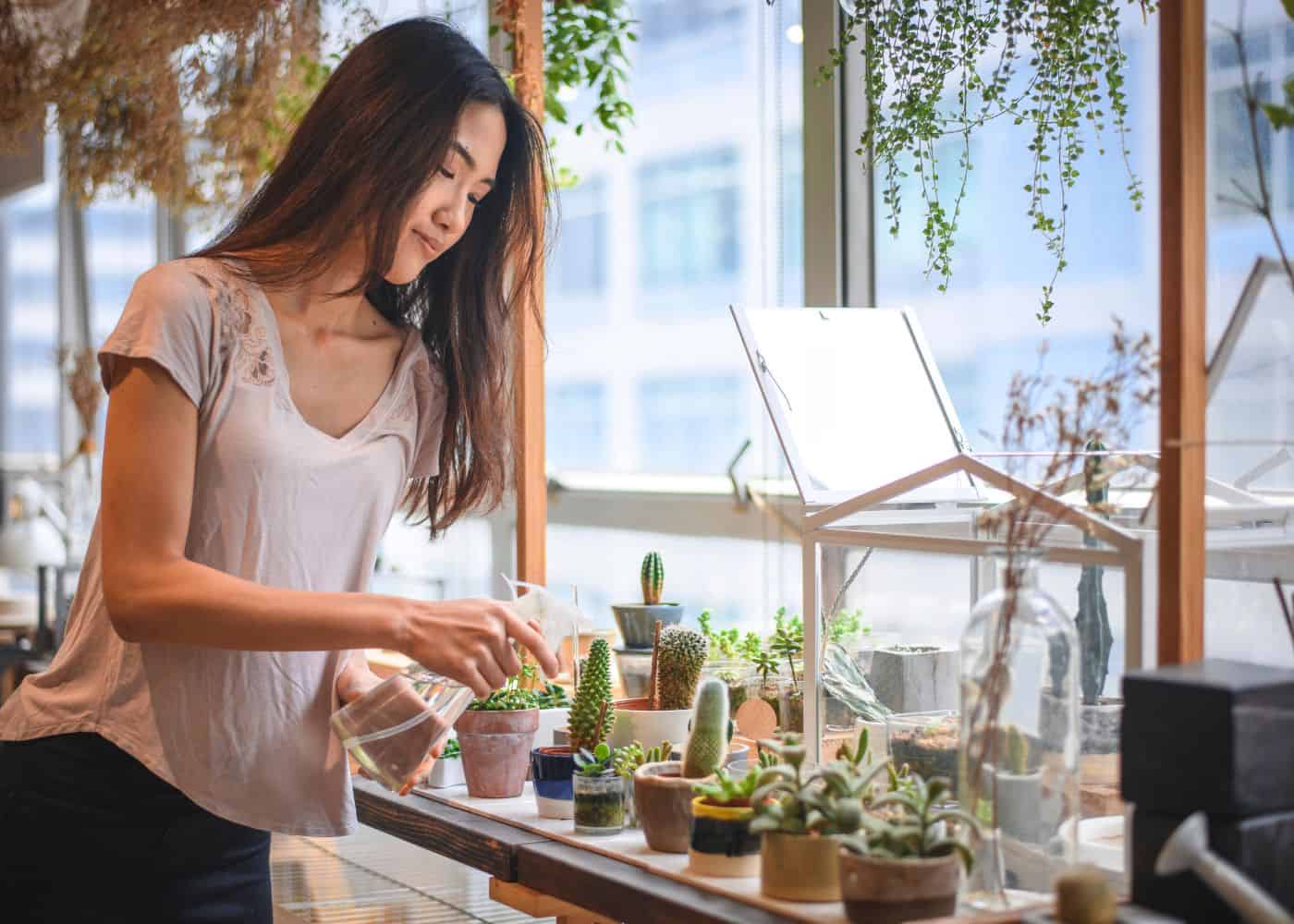
Succulent care
After planting, your succulents will grow much better if left alone rather than being fussed over. Learning to leave them alone is one of the most important lessons when learning to grow succulents! If they have the right positions (considering sunlight and temperature) and are planted in the right soil, you should have no problems keeping your succulents alive.
Water
The amount of water required will vary depending on what succulent you are growing. But a closer look at the leaves can give you an indication of how much to water. Succulents with thicker leaves likely store more water than those with thinner leaves, requiring water less often.
It’s vital to allow the soil to dry out completely before watering your succulents again. Watering when the soil is still moist can lead to fungal growth and rot, eventually killing the entire plant. If you’re not sure whether it’s the right time to water, stay on the safe side and wait a day or two before watering again.
Fertilizer
Most succulents are happy to grow in soil with limited nutrients, surviving off of what little they have. But if you want to give your succulents a growth boost or encourage them to flower, I would feed lightly around once per season. If using a low-concentration liquid fertilizer, you can feed slightly more often. Never apply more than what is recommended on the packaging as this can damage the roots and stunt growth.
Maintenance
Beyond watering and feeding, there isn’t much succulent maintenance to consider. Pruning away damaged or dying leaves is recommended to stop the problem from impacting overall growth or spreading around the plant. You can also wash off any debris that may get stuck between the foliage of some compact species. That, along with regular checks for pest and disease problems, will keep your succulents in excellent shape.
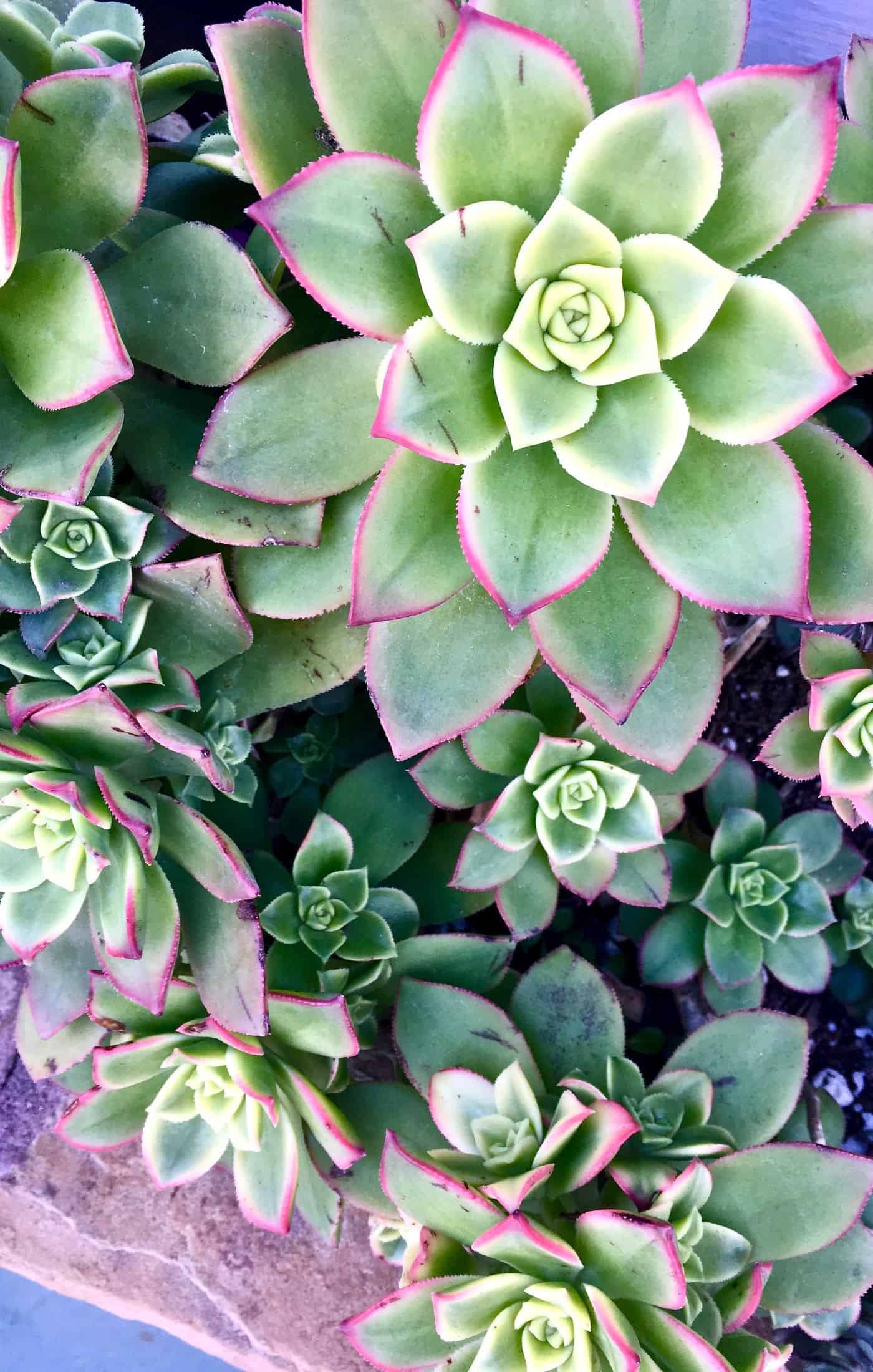
Common problems
Although succulents are incredibly easy to care for, you may run into some problems caused by common succulent mistakes like incorrect environments or overwatering. These are signs of growth problems that need to be resolved if you want to keep your succulents alive:
- Rotting: Caused by overwatering. Small problems can sometimes be fixed with pruning before spreading, but rotten stems won’t return to normal. Instead, cut off any healthy parts of the plant and use them to propagate.
- Stretching: Caused by lack of sunlight. Move your plant to a brighter spot with more direct sun throughout the day. Remove the stretched sections to promote new and healthy growth.
- Dropping leaves: Caused by low light, underwatering or overwatering. Assess your care and the environment around the plant to determine which issue is most likely.
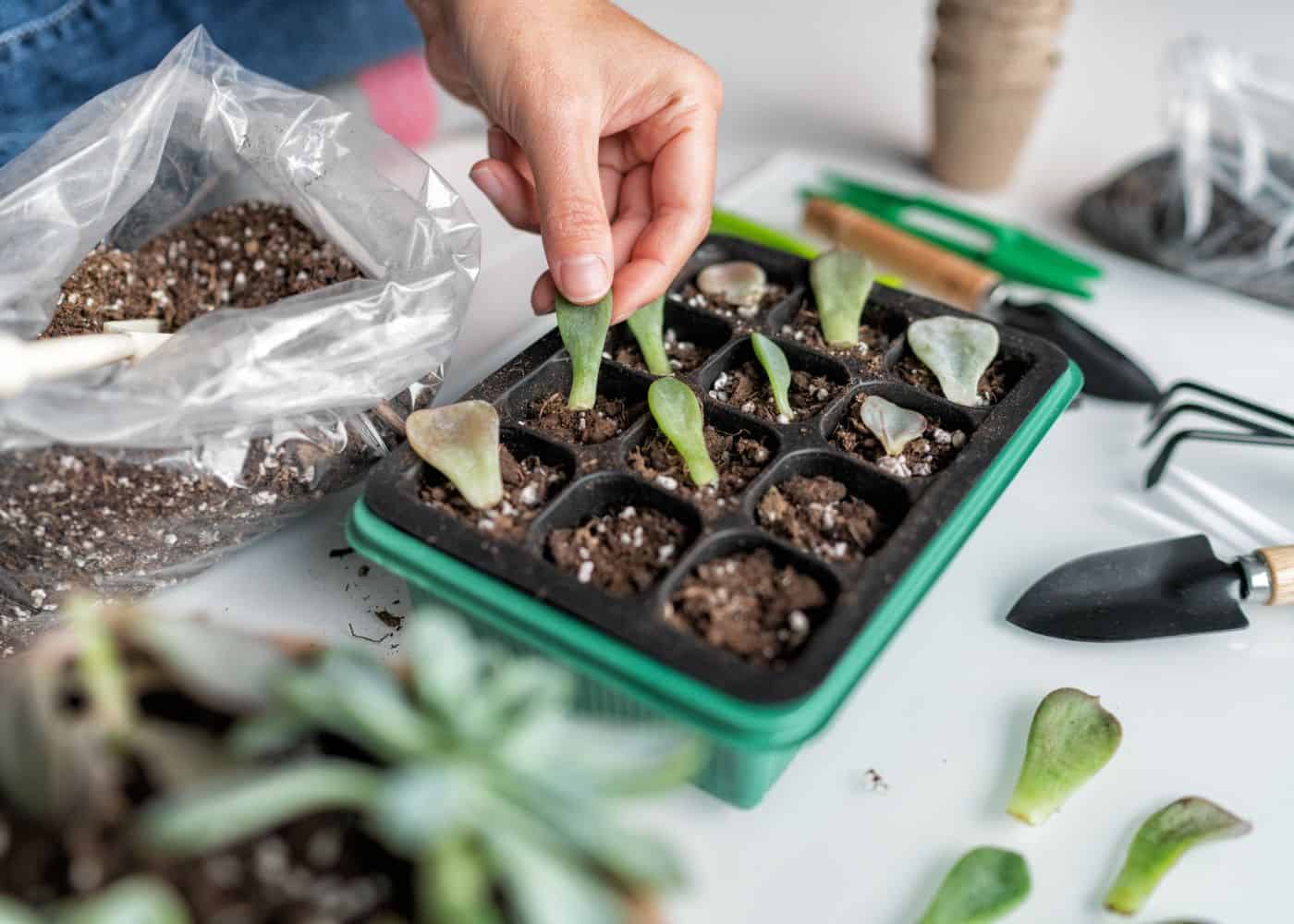
Propagating succulents
One of the greatest benefits of growing succulents is that they are incredibly easy to propagate. Many will grow a new plant from just a single leaf. Others can be replicated by cuttings. Or, the plant will do most of the hard work for you by producing pups that can simply be removed from the main plant and repotted.
The right method will depend on your succulent type, so make sure you do some research before you get started. Always use sharp tools and keep the original plant healthy and happy before propagating for the highest chance of success.
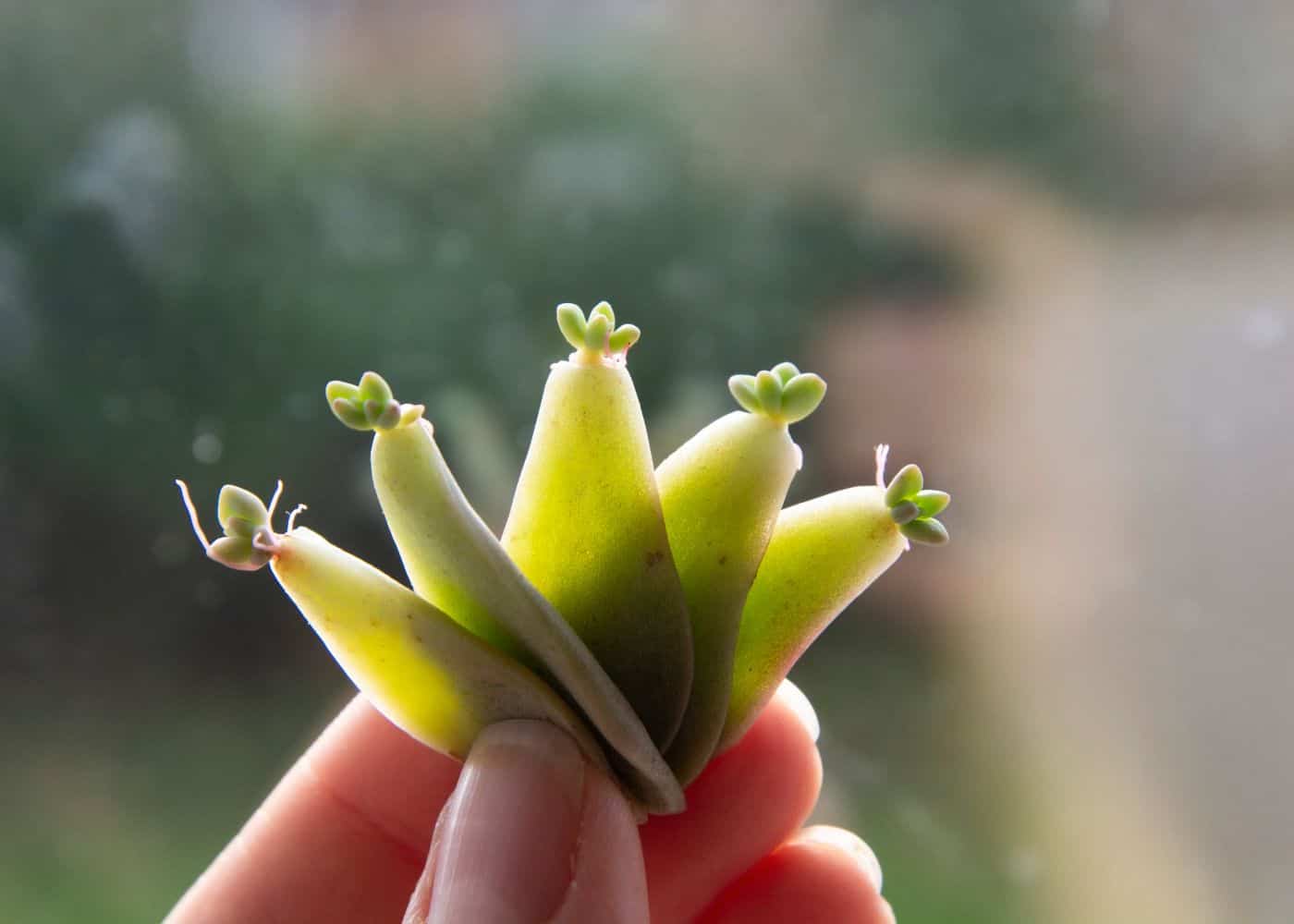
Succulent tips
Once you’ve gotten the hang of growing succulents, follow these extra tips for a thriving succulent garden:
- Plant in groups: As succulents have similar growing requirements, many types can be planted in the same container and look amazing en masse.
- Use hanging baskets: String succulents are incredibly popular and tolerate partial shade, making them great for growing indoors.
- Give as gifts: Because succulents are so easy to propagate, they make wonderful gifts for holidays or special occasions.
